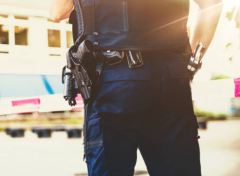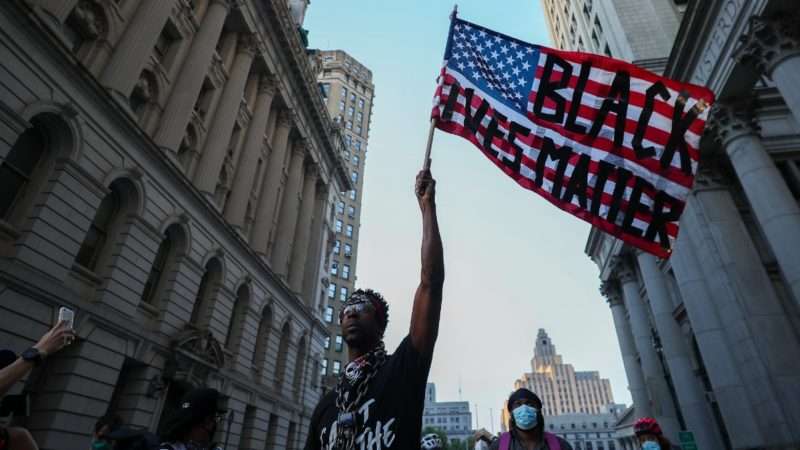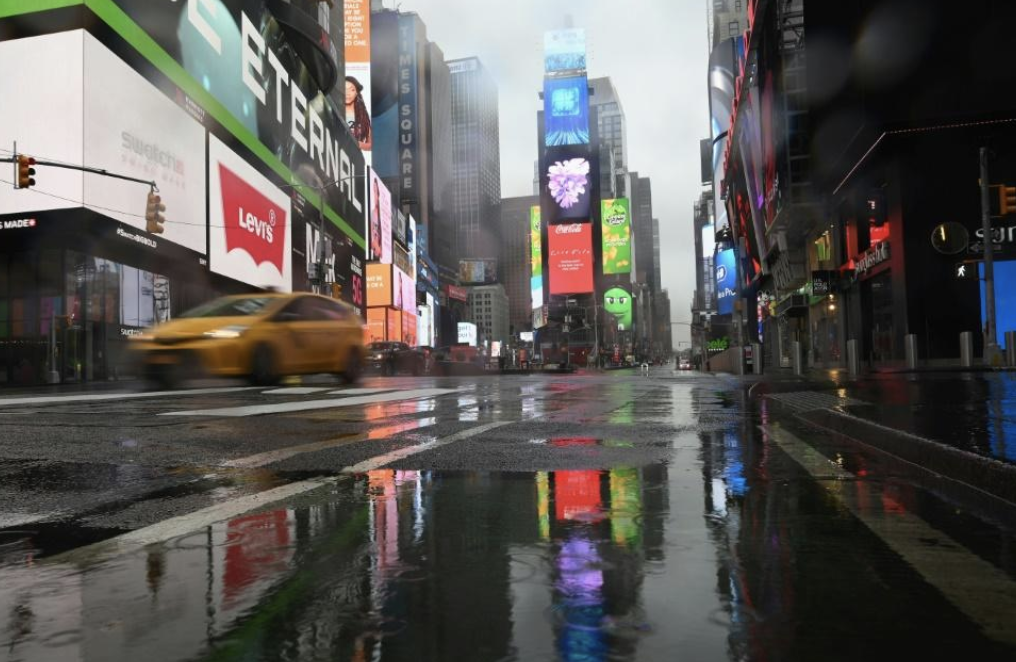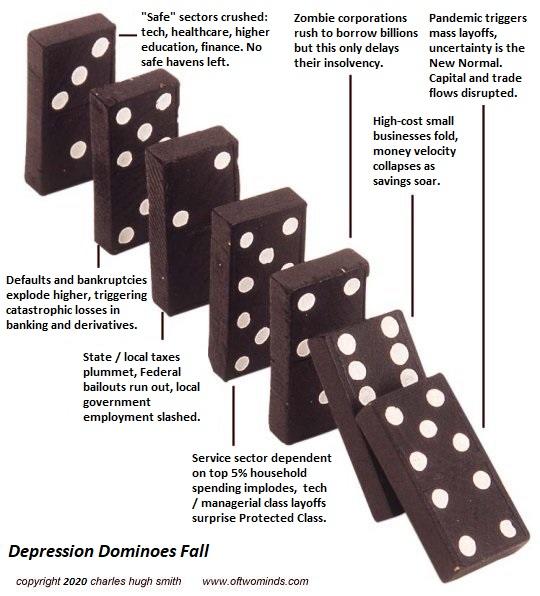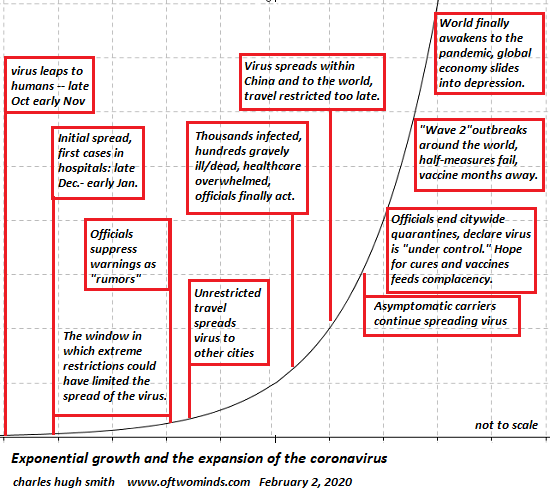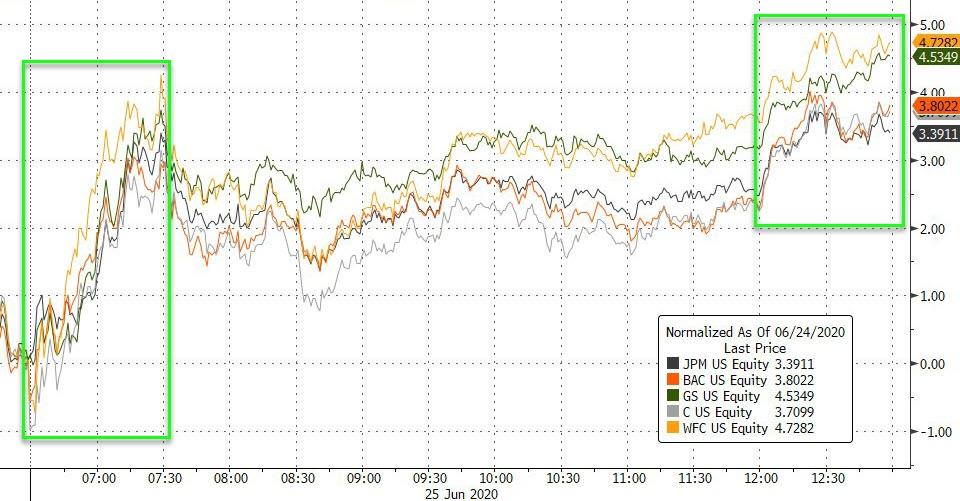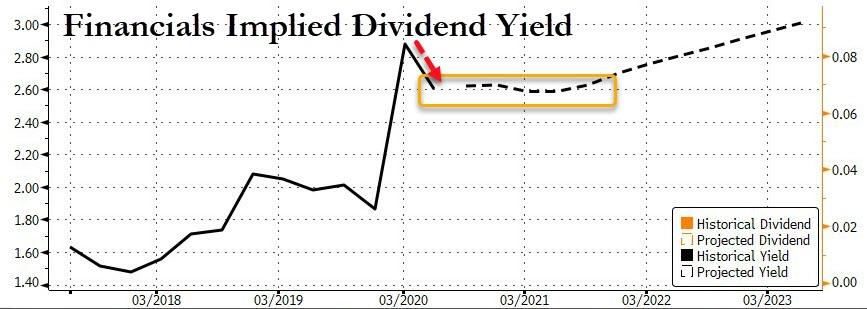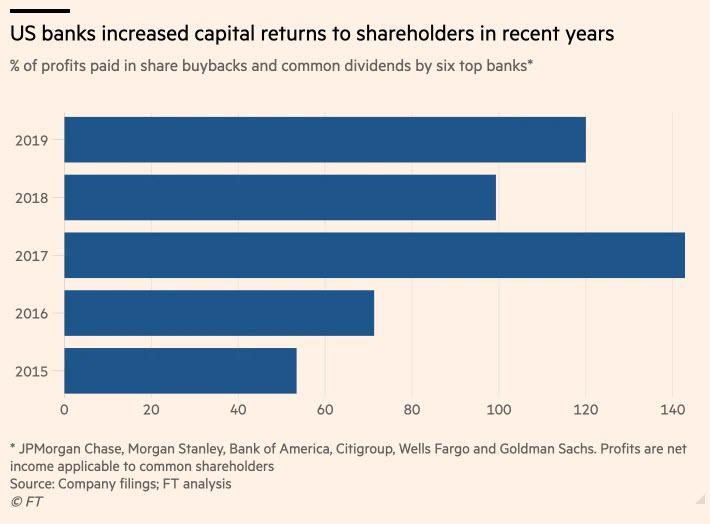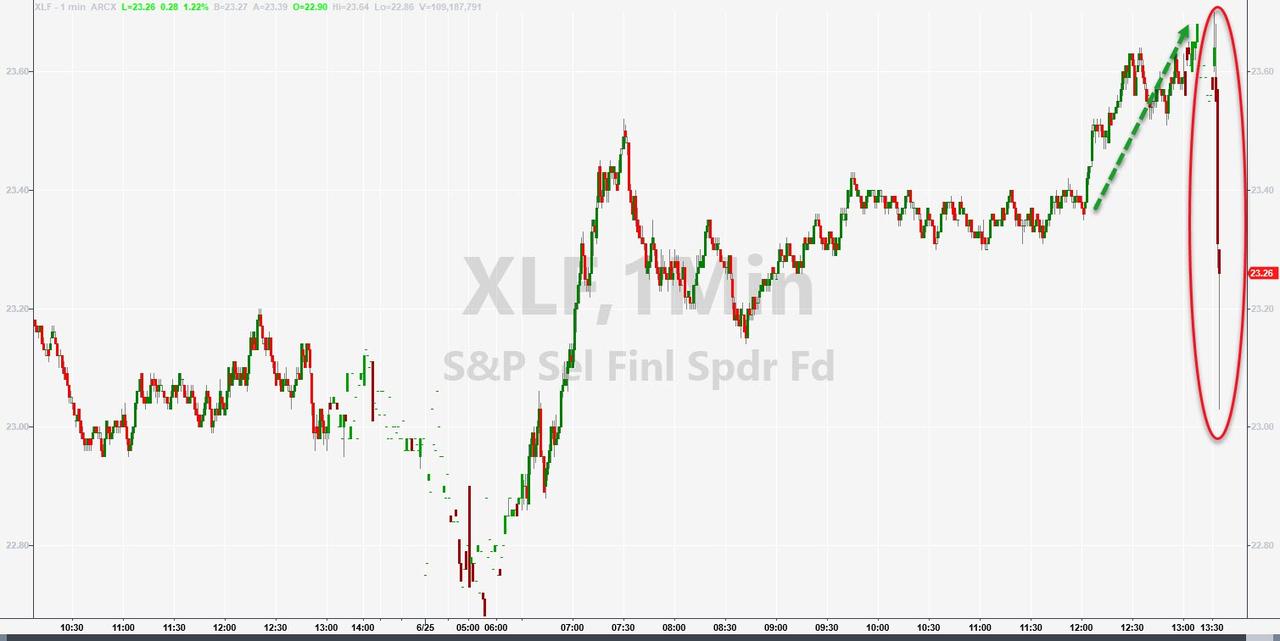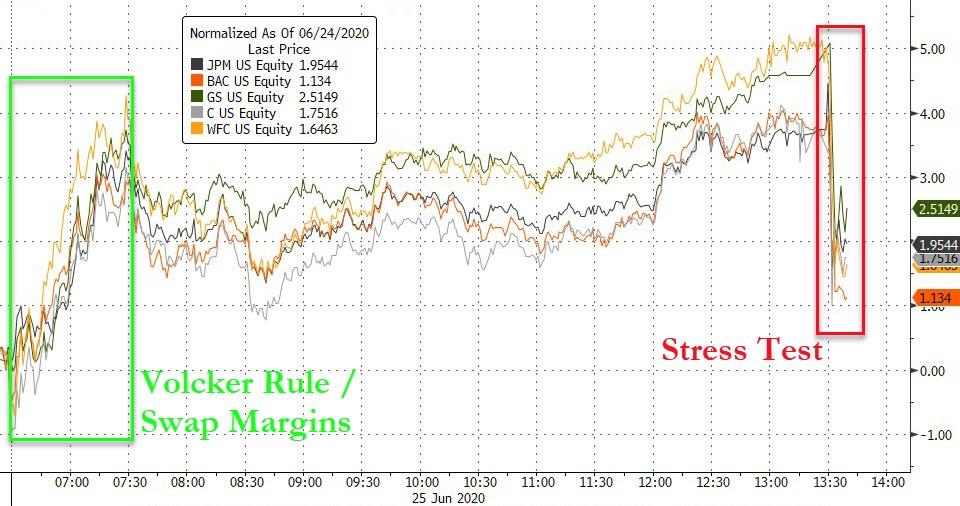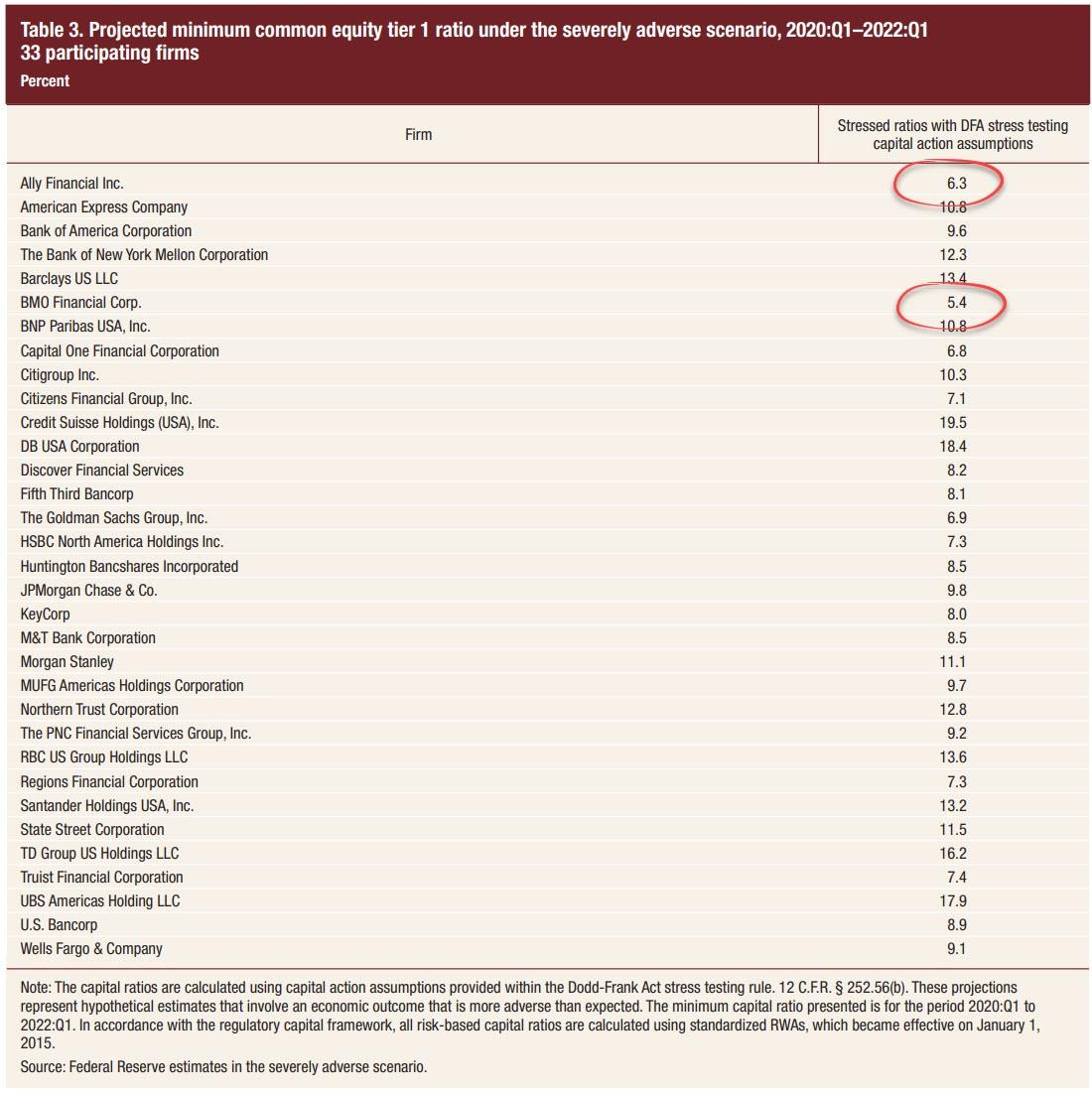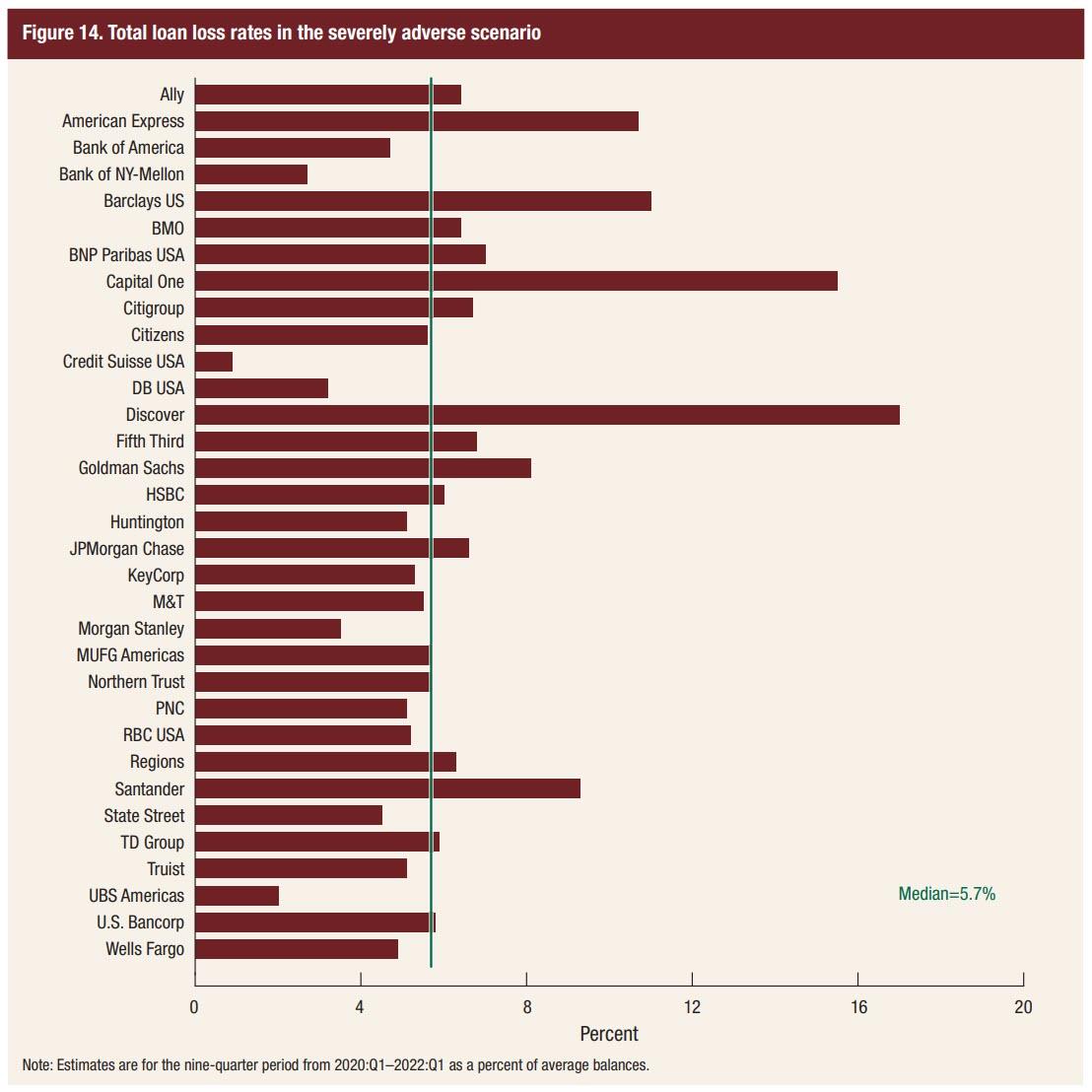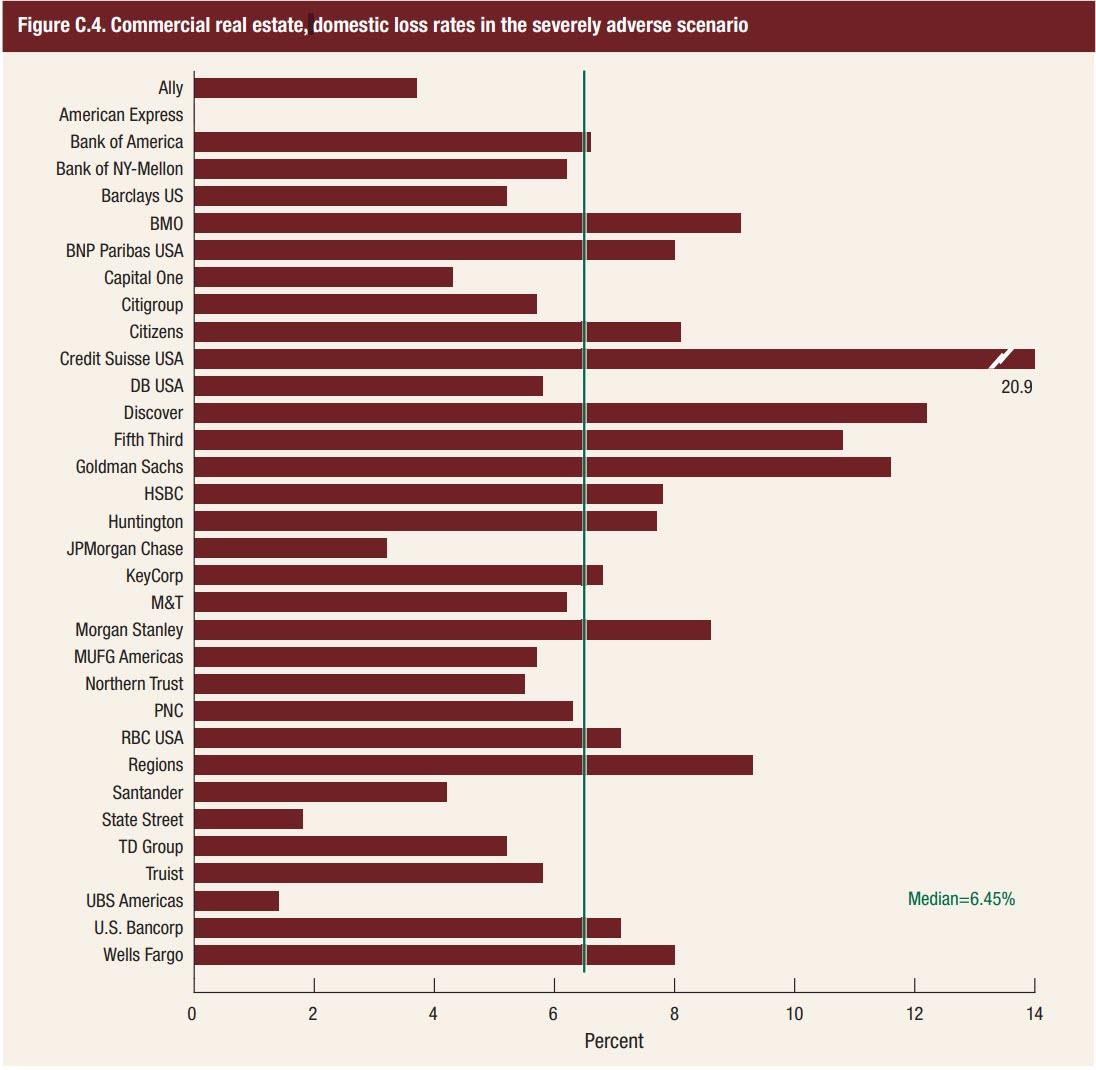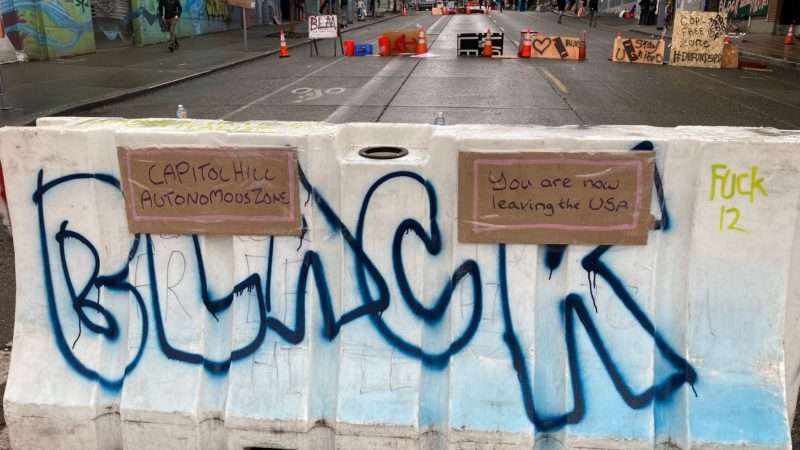New Colorado Police Reform Ends Cops’ Qualified Immunity, Sidesteps Federal Courts
Tyler Durden
Thu, 06/25/2020 – 17:50
Authored by Ryan McMaken via The Mises Institute,
The governor of Colorado, Jared Polis, signed new legislation on Friday, which immediately puts into effect a wide variety of new reforms regulating the state’s police agencies. These include a number of provisions related to the use of force, body-cam recordings, and qualified immunity for police officers.
Specifically, the bill states:
-
All local and state police officers must wear body cameras by 2023.
-
Body camera footage must be made public (with the exception of footage the violates the privacy of victims and other non-police officers shown in footage.)
-
Chokeholds are prohibited.
-
Shooting at fleeing suspects is prohibited.
-
Deadly force can only be used if a person’s life is in imminent danger
-
Police must report every instance in which they stop someone who they suspect of a crime; they must also include that person’s race, gender, and ethnicity. Police reports must also include information on if the officer’s weapon is unholstered or discharged.
-
Police must report other officers for wrongdoing
-
Officers can be held personally liable for damages up to $25,000 if they are found guilty of violating an individual’s civil rights
-
Officers convicted of unlawful physical force shall has his “peace officer certification” permanently revoked which “shall not under any circumstances” be reinstated. An officer who fails to intervene to end or prevent unlawful use of force shall also have his certification revoked.
Perhaps most significant is the section of the legislation eliminating qualified immunity as a defense for police officers accused of violating an alleged victim’s human rights. (Writers here at the Mises Institute have called for the abolition of qualified immunity, among other reforms, as an critical means of reining in runaway government police power.)
Specifically, if a police officer “causes…the deprivation” of another person’s rights under the Colorado Bill of Rights, then the police officer is “liable to the injured party for legal of equitable relief of any other appropriate relief. Moreover, “qualified immunity is not a defense to liability ….”
Creating an Alternative to the Federal Courts
What is also of special interest here is how the state legislature sought to do an end run around the federal court system. This new reform works to decentralize legal methods of suing police officers for abuse outside the usual federal “civil rights” system.
This was necessary because nearly forty years ago federal judges intervened to hand law enforcement officers far greater protections in federal court than had previously been the case. As Christ Calton has noted:
Prior to the case Harlow v. Gitzgerald in 1982, qualified immunity was essentially “good faith” immunity; as long as officials believed “in good faith” that their actions were legal, they were protected from lawsuits. Harlow rejected the good-faith clause—which depended on the subjective evaluation of the officer—so that the only “qualification” for qualified immunity was that no “clearly established” law was violated. At face value, the subjectivity of the good-faith clause appears to provide an open-ended defense for police abuses, but by eliminating this condition, police officers actually gained even more immunity from liability.
In practice this meant police officers were immune from liability in nearly all cases. Federal courts have ruled that it is almost never “clearly established” that a police officer is being abuse at any given time.
As is so often the case, the US Supreme Court invented this new principle out thin air based apparently on little more than the personal whims of the court’s voting majority. Congress had never provided such sweeping protections to police officers, and it’s unlikely any state legislature did either. However, the court’s ruling made it clear that from then on, it would become exceptionally difficult to establish a police officer’s personal liability in abuse cases in federal court.
The Colorado reform sidesteps all of this by creating a means for suing police officers in state court based on the standards of the Colorado bill of rights rather than the federal one.
Like most state constitutions, the Colorado constitution includes language very similar to the US Bill of Rights, including a recognition of “the right of [the people in] enjoying and defending their lives and liberties; of acquiring, possessing and protecting property; and of seeking and obtaining their safety and happiness” and the right of the people to “be secure in their persons, papers, homes and effects, from unreasonable searches and seizures.”
The Colorado legislature’s method isn’t fool proof. Federal judges — many of whom, like Chief Justice John Roberts, are apparently just making things up as they go along — could still rule that state bill of rights are and state law are superseded by the invented federal notions of qualified immunity.
State laws such as the new Colorado reform, however, make this less likely, and it will then be up to abusive police officers who have lost their cases to appeal up the line to the Supreme Court and then hope the justices overturn state law so as to favor law enforcement officers yet again.
The only definitive answer to this problem – short of aggressive nullification of federal law on the part of state governments – is a repeal of federal qualified immunity by Congress. A majority of the Supreme Court has made it clear it has no intention of overturning its earlier decisions on qualified immunity. Only an act of Congress will end this judge-invented privilege for government employees.
Fortunately, legislation to this effect has already been introduced by Michigan House member Justin Amash. If this bill makes it to committee or to a floor vote, however, expect furious opposition from police unions and other organizations that have repeatedly opposed any new measures that would increase accountability for government law enforcement.
Indeed, many provisions that are now in effect through the Colorado reform bill have been blocked for years by police organizations in many states. Mandates around police body cams, and “peace officer certification” and other measures have long been opposed on the grounds that their passage would mean police officers would be constantly under suspicion and too constrained in their jobs. In this, we need merely remind the police of the phrase they’ve often used to harangue the taxpayers and other citizens who have protested ever more police power and privacy violations: “If you’re not doing anything wrong, you have nothing to be afraid of.”
via ZeroHedge News https://ift.tt/3dA9HyM Tyler Durden
